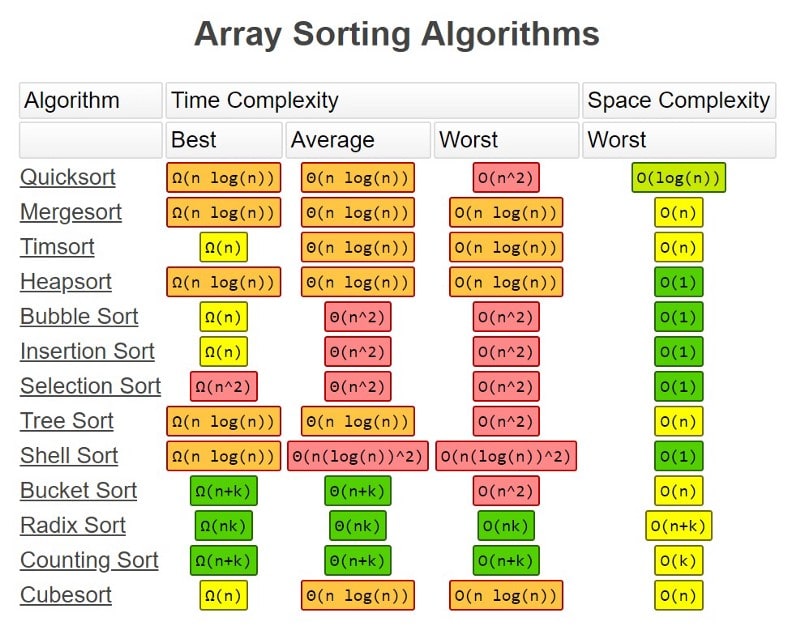
Second and the major disadvantage is that counting sort can be used only to sort discrete values (for example integers), because otherwise the array of frequencies cannot be constructed.
COUNTING SORTY TRIAL
Start your trial now First week only 4.99 arrowforward. It has also several disadvantages – if non-primitive (object) elements are sorted, another helper array is needed to store the sorted elements. Counting sort (ultra sort or math sort) is a sorting algorithm which takes advantage of knowing the range (k) of the numbers in the array arr to be sorted. Solution for Write a program that reads the numbers and sorts them by using the Counting Sort algorithm and finally search a number from that array using Linear Skip to main content. The biggest advantage of counting sort is its complexity –, where is the size of the sorted array and is the size of the helper array (range of distinct values). Algorithm for Counting Sort <- find maximum element in the array initialize count array with all for <- 0 to size find the total count of.

The question looks like this: Essentially, the function to. This system function will benefit from a range index for any properties in the querys filter. The below query will produce an equivalent results: SELECT COUNT(2) FROM c Remarks. Counting sort iterates over the main array and fills the appropriate values, whose positions are known thanks to the array of occurrences. The focus of this article is going to be on tackling the HackerRank question Counting Sort 1. The following example returns the total count of items in a container: SELECT COUNT(1) FROM c COUNT can take any scalar expression as input. With this information the actual sorting is simple. Using this information, it can create a helper array of frequencies of all discrete values in the main array and later recalculate it into the array of occurrences (for every value the array of occurrences contains an index of its last occurrence in a sorted array). DescriptionĬounting sort utilizes the knowledge of the smallest and the largest element in the array (structure).

As opposed to bubble sort and quicksort, counting sort is not comparison based, since it enumerates occurrences of contained values. ~?, ~*).Counting sort ( ultra sort, math sort) is an efficient sorting algorithm with asymptotic complexity, which was devised by Harold Seward in 1954.

This tool is also a good way to assess your words per minute typing rate.

If you supply ranges that don't match, you'll get a #VALUE error. Not only will it take forever, but there’s a chance you won’t be wholly accurate. Each additional range must have the same number of rows and columns as range1, but ranges do not need to be adjacent.Multiple conditions are applied with AND logic, i.e.In this article we shall discuss about the time and space complexity of counting sort algorithm. It is a integer based, out-place and a stable sorting algorithm. Briefly, COUNTIFS returns two counts in an array (one for "red" and one for "blue") and the SUM function returns the sum as a final result. Counting Sort is a sorting algorithm that can be used for sorting elements within a specific range and is based on the frequency/count of each element to be sorted. While many sorting algorithms require a comparator function that compares two. The formula above will count cells in range that contain "red" or "blue". This tutorial is about two awesome, non-comparison-based sorting algorithms. = SUM ( COUNTIFS (range, )) // red or blue


 0 kommentar(er)
0 kommentar(er)
